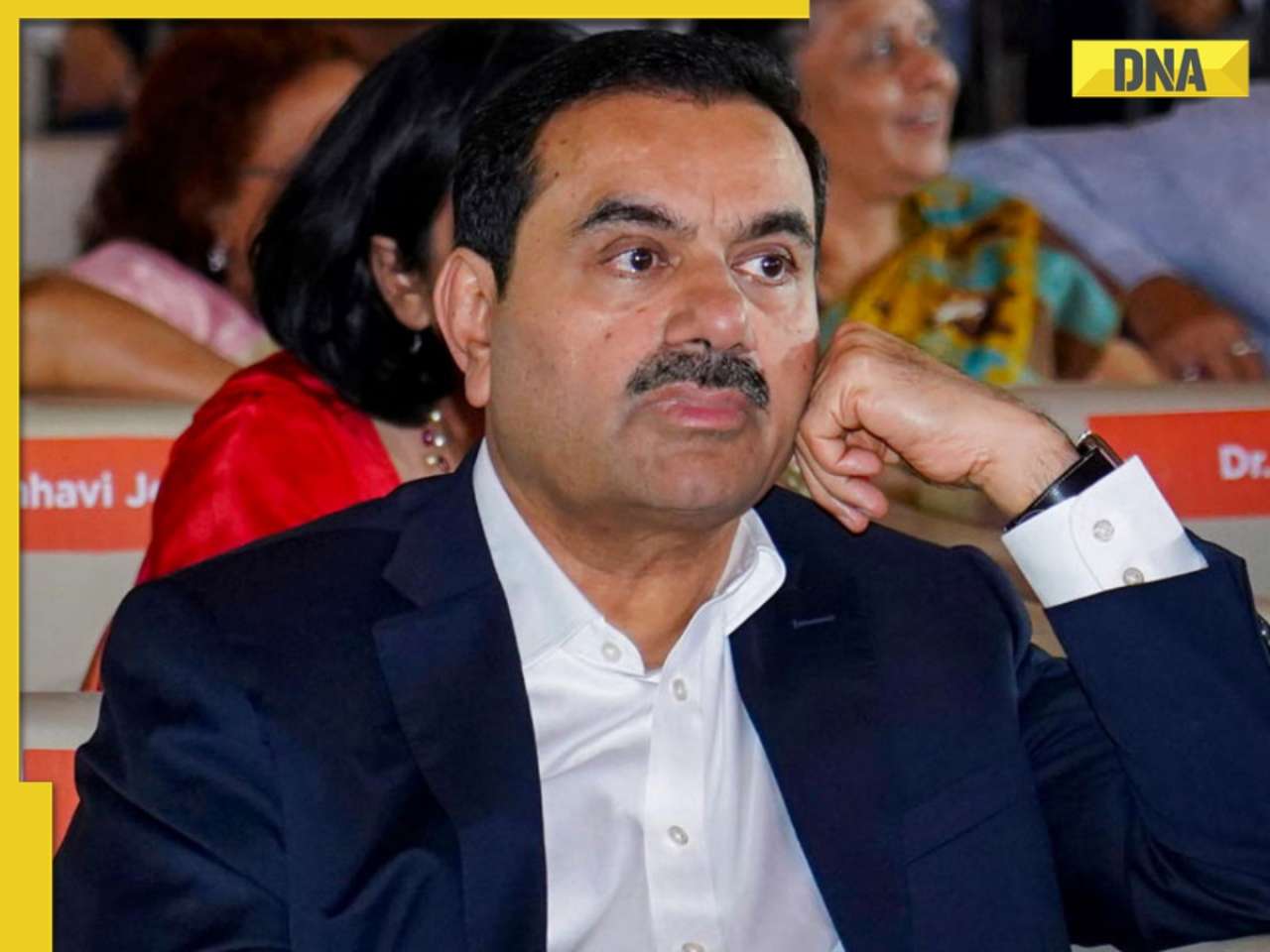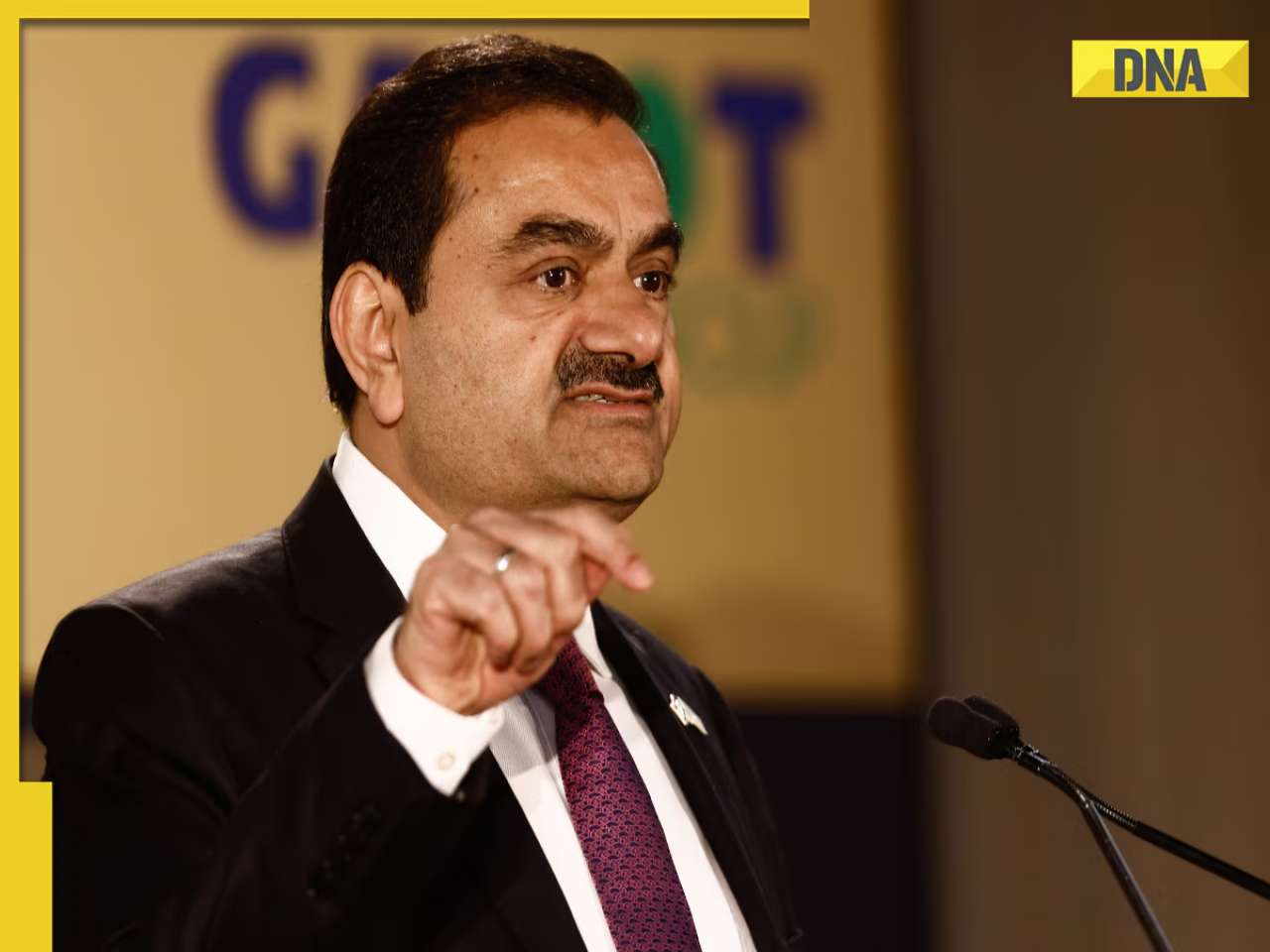- LATEST
- WEBSTORY
- TRENDING
VIRAL
India’s new solar aircraft: All you need to know about UAV that can fly 20 km high and float for months
India is developing a solar-powered aircraft capable of flying for up to 90 days to enhance defense surveillance and strategic operations.
TRENDING NOW
India's Pseudo-Satellite: India is making significant advancements in its defense and surveillance capabilities by developing a solar-powered aircraft that can stay airborne for up to 90 days. This aircraft, called a High-Altitude Platform (HAP), has been developed by the National Aerospace Laboratories (NAL) in Bengaluru. A smaller version of this plane has already been tested, successfully flying for 10 hours. The full-scale version, once completed, will fly at altitudes between 17-20 km and can operate day and night for months. Such platforms are often referred to as High-Altitude Pseudo Satellites (HAPS) when they carry payloads.
A similar prototype, developed by a startup in Bengaluru called New Space Research and Technologies, has a 24-hour endurance. According to NAL, HAPS can play a crucial role during conflicts, especially when there is a shortage of strategic air assets. It can serve various functions, including Intelligence, Surveillance, and Reconnaissance (ISR), and help maintain battlefield communications. Additionally, it can assist air defense operations by directing activities from high altitudes.
Currently, the only operational HAPS globally is the Airbus Zephyr, which has demonstrated a 64-day flight in the Arizona desert. Several countries, including the US, UK, Germany, and New Zealand, are working on similar platforms.
NAL has already conducted flight trials for a smaller version of this aircraft at the Defence Research and Development Organisation's (DRDO) test range in Karnataka. The aircraft, which has a wingspan of nearly 12 meters and weighs less than 22 kg, met or exceeded all expectations during these tests.
Dr. L Venkatakrishnan, who leads the HAPS program at NAL, described the aircraft as a “solar-powered eye in the sky” that is cheaper and more versatile than satellites. He added that the final version would have a wingspan as wide as an Airbus 320 but would weigh only as much as a motorcycle. Equipped with the right sensors, HAPS can provide continuous monitoring of enemy territories, making it a valuable asset for India’s defense forces.
The DNA app is now available for download on the Google Play Store. Please download the app and share your feedback with us.







)
)
)
)
)
)
)
)
)
)
)
)
)
)
)
)



























































